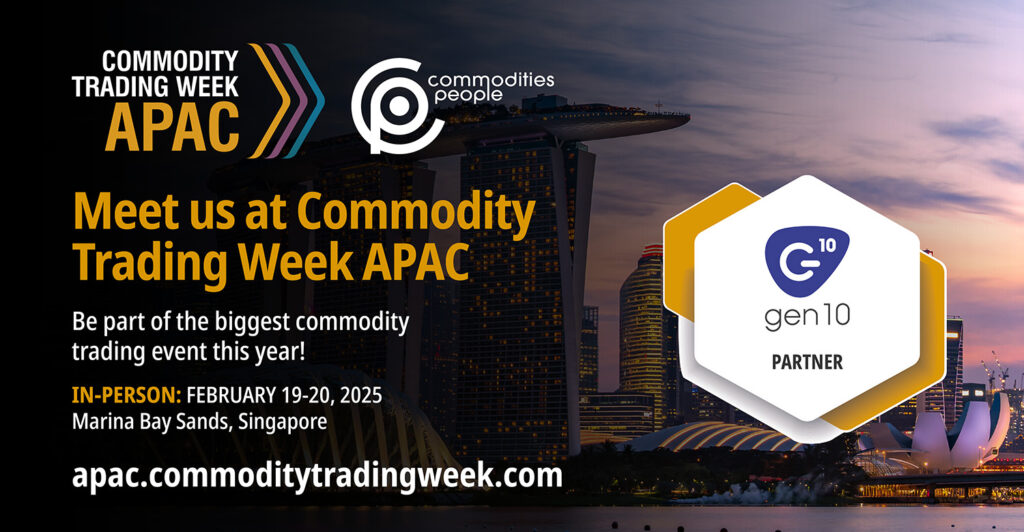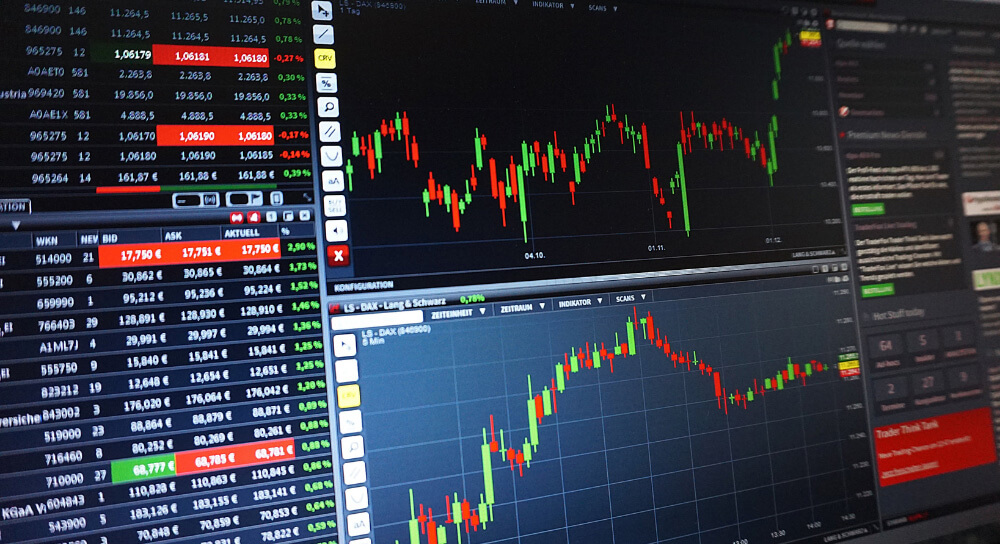Successful commodity trading is no longer just a case of buying, selling, shipping, and hedging whilst making a profit. The challenges of geopolitical risks, sustainability, traceability and inter-functional communication cannot be solved by adding silos and can even be exacerbated by them. Businesses that overcome these challenges have streamlined communication and management systems in place.
Most CTRM systems don’t help users manage operations with the same integrity that they do risk reporting, which means they are not an effective tool for bringing all business functions together and joining the dots. Indeed, a CTRM with limited functionality increases the need for silos and means that more activities are carried out beyond the system’s scope, increasing operational risk, errors, and manual copying.
With all these challenges and changes facing the industry, it is no surprise that we are seeing trends like digitalisation and automation in the field of CTRM and Commodity Management Systems. Lower-cost agile point solutions enable businesses to react faster to a changing environment and place more emphasis on extracting value from data. We are seeing a general disaggregation of older monolithic solutions and business processes, as they can become more efficient and more agile when broken down into their constituents. But this can also add to the data challenge if the core system does not then provide a central data management platform to bring these disparate processes back together.
The challenges that commodity traders face, from geopolitics, traceability, to the increased reporting burden in general, all have an inherent data and workflow management challenge at their core. This data management and reporting often requires companies to rethink how they value data, its ownership within the company, and the channels used to distribute it. Data can no longer be siloed. And neither can fast-moving trading organisations rely on the risk-riddled manual copying and pasting between systems that has proliferated as data demands have increased. Commodity traders need to join the dots within their organisation, and this begins with joining the dots between their systems. These systems can now be interconnected like never before.
Where Commodity Management Systems brought the CTRM from trading and risk into the context of the wider business operations and supply chain, commodity management platforms that offer seamless interoperability capabilities take this powerful data-sharing further by bringing external sources of data within your data ecosystem too. This means smoother operations, better trading decisions, and puts trading back at the heart of the business.
For more insights about the role of data and process management in streamlining commodity trading operations, explore our full whitepaper.
Want to read more?
Subscribe now for monthly updates
By submitting your details you agree that we can store your data and communicate with you. You can opt out of these communications at any time. Read all in our Privacy Policy.



